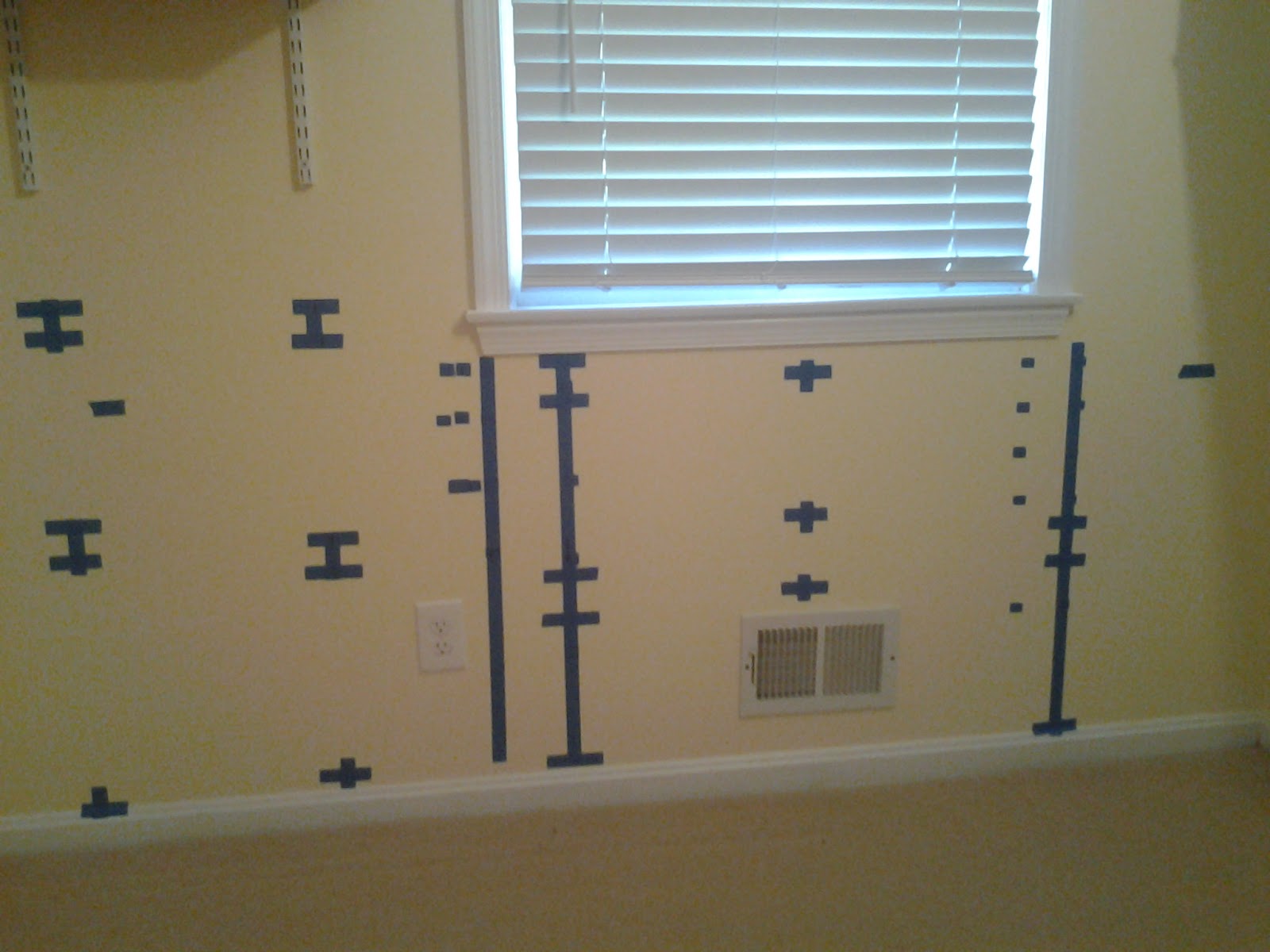Well, my new Asus S400CA has to go back because of a problem with the wifi. As it is still under warranty, Newegg said they would replace it. But, it may take a few weeks. Needing a computer during those few weeks, I decided to try to fix my broken HP (graphic processor not working). Here's what the display looks like during post:
After researching this problem, I found out the following:
1) It's common with some models of HP laptops.
2) It is caused by the solder failing in the IGP's (Integrated Graphics Processors), usually for nVidia GPUs (mine is an AMD Radeon).
3) Reflowing the solder generally fixes this problem.
Reflowing the solder involves heating the chip until the solder melts, and then letting it cool. The failed solder melts and re-solidifies, fixing the problem. There are lots of videos on youtube which show how to do this. Although they all do it a little differently, the basic principle is the same. The procedure is pretty straight forward, but involved.
Here's how I did it. First, I took the computer apart.
Here's a shot of the CPU and IGP:
A shot of the motherboard showing the relative position of the CPU and IPG:
The CPU had a whole bunch of hardened thermal crap all over it, which I scraped off with some difficulty. Also, the IGP had this "thermal pad" on it: Doesn't look to be very thermally conducting; more like an insulator.
Here's the heatsink which is supposed to keep the CPU and the IGP cool:
I had to scrape the thermal crap off of this also.
High heat is needed to melt the solder, so I had to make a shield to protect everything but the IGP from the heat. It consisted of layers of cardboard. First I cut out a template to expose the IGP and protect the immediately surrounding area:
I made two of these, and stacked them to provide a base for a cardboard shield for the entire motherboard.
Then covering it with foil, the shield was ready:
I got this heat gun from Home Depot to do the heating:
I had to figure out how long to apply the heat and at what distance. I decided to get some solder I use for electronics hobby work, and see how long it would take to melt it with the heat gun about two inches above the solder. I used several pieces of solder and applied the heat with the heat gun. The first piece started to melt at about 1 min 35 sec, and the last one melted at 2 min 05 sec. So I decided to apply heat for 2 min 10 sec:
After it cooled, I was ready to put the heatsink back on. However, I decided I was not going to use that thermal pad again. I wanted to use a copper shim, but did not have one. So I decided to make my own. I got a copper pipe hanger at Home Depot:
I cut a piece off of it to use as a shim:
I also decided to use some good thermal compound, so I got some Arctic Silver:
Here's the heatsink reinstalled with the DIY shim:
Reassembled the computer, and turned it on. It worked!
Not sure how long this fix will last, but at least I have a working computer! Hopefully it will last at least until I get the Asus back.










































